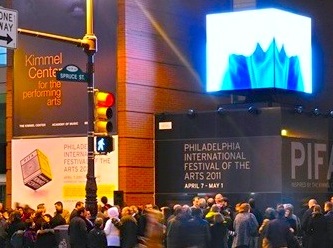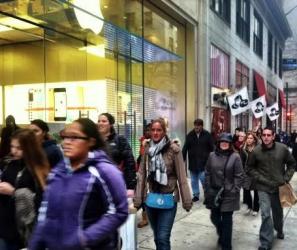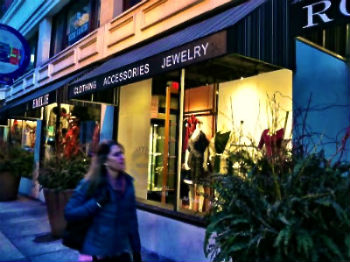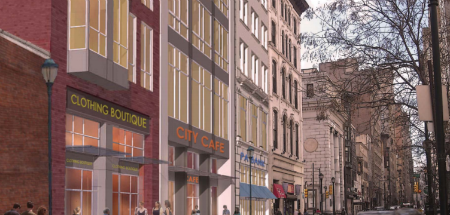Philadelphians are rightfully proud of our city’s historic streetscape. But will a slew of proposed digital billboards add new life and energy to our city’s architectural heritage or serve as Las Vegas-style eyesores?
The Lit Brothers building on Market Street is the latest historic Center City building that may soon host a large digital billboard. Located just a stone’s throw from Independence Hall, this new billboard proposal is once again adding heat to a simmering dispute between business interests and preservationists.
Most will freely admit that the Lit Brothers building needs some investment. Once the city’s most successful commercial spaces, tenants in the ornate historic building have struggled financially in the past few decades. Developers are then seeking to breathe new life into this 19th treasure by (in part) adding a huge and eye-catching digital billboard.
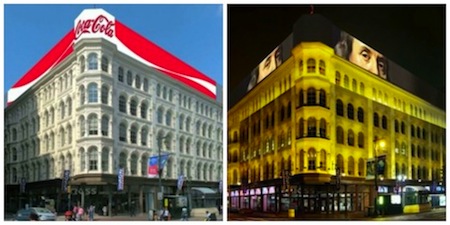
Indeed, the potential new Lit Brothers billboard is just one of many similarly controversial proposals. While the digital billboards on the Kimmel Center have proved a success, other proposals at the Gallery for instance have received more mixed reviews. For its part, City Hall is still grappling with how to regulate this type of outdoor advertising.
Practically though, it’s important to remember that progress and preservation are not mutually exclusive. Smart growth can breathe new life into places like the struggling Lit Brothers Building. In addition, these new digital billboards are planned for commercial districts – that’s not to suggest that those areas don’t also deserve protection, but Times Square is not about to appear in your leafy residential block keeping you up at night.
We need to recognize then that digital billboards will affect different spaces in different ways. There’s really no use in trying to create a one-size-fits-all approach to these displays in a city as diverse as Philadelphia. But if we demand smart, site-specific planning for these billboards we can hopefully ensure businesses, residents and preservationists will all be reasonably satisfied.
Besides, if Philadelphians can come to love the digital sign atop the PECO Building, surely we can learn to live with them other places, too.
Opening image courtesy of barco.com.

